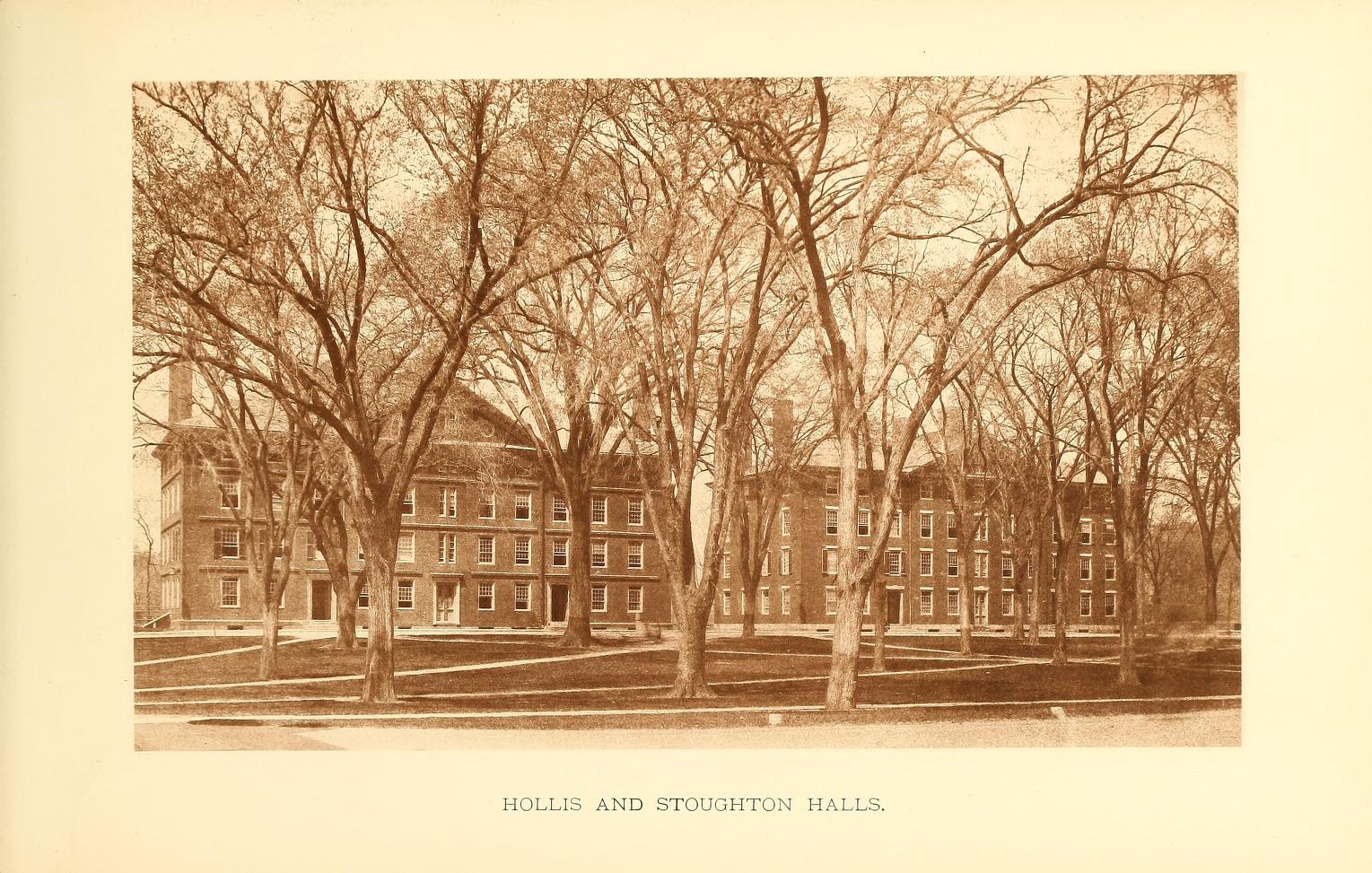Please RSVP to receive reminders about the event.
Event Description
Join us for “‘These Contradictory Things’: Max Bond’s Harvard,” a lecture that Brian D. Goldstein will give on the occasion of the naming of the J. Max Bond Jr. Room in Gund Hall. Following the lecture, Dean Whiting will moderate a conversation with Goldstein and a panel that includes Bond’s peers and colleagues and generations of designers influenced by his work.
Bond—a graduate of Harvard College and the Harvard Graduate School of Design (GSD)—was characterized in his 2009 New York Times obituary as a “voice of conscience within his profession on issues of racial and economic justice.” He understood cities as instruments of justice and equality for their inhabitants. “Architecture,” he asserted, “inevitably involves all the larger issues of society.” This conviction that architecture has the capacity to produce a just society was foundational to Bond’s own extensive practice as an architect: as executive director of the Architects’ Renewal Committee in Harlem (ARCH); as a professor of architecture; as chair of the Division of Architecture at the Graduate School of Architecture, Planning and Preservation at Columbia University; and as dean of the School of Architecture and Environmental Studies at the City College of New York.
Bond graduated magna cum laude from Harvard College in 1955 and as an undergraduate was also inducted into the academic honor society Phi Beta Kappa. He graduated from the Department of Architecture at the GSD in 1958. Over the course of his career, Bond became an extraordinarily influential figure in architecture and urbanism. His success came both because of and despite his experience at Harvard. At the GSD, Bond absorbed the idealism of modernist architecture and its promise to effect social change, but his time at Harvard was also marked with racist episodes that included a cross burning outside his undergraduate dormitory in Harvard Yard. On another occasion, a GSD faculty member discouraged Bond from pursuing architecture as a course of study because that faculty member believed it to be a profession suited mainly for white men. That Bond was able to draw on his education at the GSD—its wisdom and its failures—as well as his lived experience of the University community to articulate a new vision for the field of architecture as an agent of social change is as much a testament to his perseverance as it is to his insight and talent.
Naming the largest classroom in Gund Hall the “J. Max Bond Jr. Room” celebrates the enormous influence and breadth of Bond’s career and acknowledges how unwelcoming Harvard was for him and other Black students who were subjected to similar experiences at the GSD. With this dedication, the GSD inscribes Bond’s name on the largest classroom in Gund Hall to give him a permanent home on Harvard’s campus, even if posthumously, and to keep the memory of his experience and the legacy of his achievements alive in this School.
Read more about Bond’s biography and career in architecture at the GSD’s African American Design Nexus .
Speaker
Brian D. Goldstein
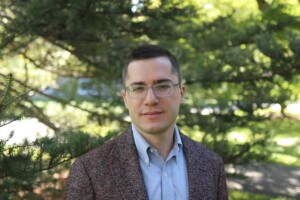
Brian D. Goldstein (AB ’04, AM ’09, PhD ’13) is an architectural and urban historian and an associate professor and chair of the Art History program at Swarthmore College. His research focuses on the intersection of the built environment, race and class, and social movements, especially in the United States. His writing includes the book The Roots of Urban Renaissance: Gentrification and the Struggle Over Harlem (expanded edition, Princeton University Press, 2023), which received the 2020 John Friedmann Book Award from the Association of Collegiate Schools of Planning and the 2019 Lewis Mumford Prize for the Best Book in Planning History.
Goldstein’s articles have appeared in the Journal of the Society of Architectural Historians, Journal of American History, Buildings & Landscapes, Journal of Urban History, and the edited volumes Radical Pedagogies; Affordable Housing in New York; Reassessing Rudolph; and Summer in the City: John Lindsay, New York, and the American Dream. He has received fellowships and awards from the National Endowment for the Humanities, Center for Advanced Study in the Visual Arts, Graham Foundation for Advanced Studies in the Fine Arts, and Society of Architectural Historians. He is currently writing If Architecture Were for People: The Life and Work of J. Max Bond, Jr., under contract with Princeton University Press.
Panelists

Steven Davis, FAIA, is Managing Director of the New York City office at Page, and until 2023, was a partner at Davis Brody Bond. A lifelong New Yorker, Steven has developed a focus on spaces that express the relationship between the user, the physical environment, and the surrounding community. His designs have been honored with numerous awards, including the AIA Institute Honor Award, three Business Week/Architectural Record Awards, and the Presidential Award for Design Excellence. Outside of his practice, he serves as a juror in architectural competitions and has been an invited critic at many universities.
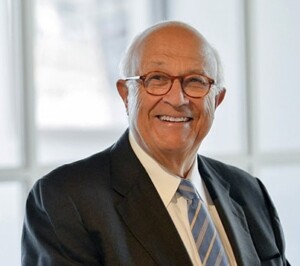
Moe N. Finegold (AB ’54, MArch ’58) Licensed to practice Architecture in 1961, Moe established his office in 1964, expanded to a partnership, then a corporation, retiring in 2021 having worked with 7 of his GSD classmates during those 57 years. His firm has been recognized with more than 250 awards for design excellence in a wide range of challenging projects, including restoration and reuse of historic buildings, new structures and urban planning across the United Staes. He has focused on the creation of spaces and places for people with an eye for details that speak to time and place.
His recognition includes an Honorary Doctor of Humane Letters for his 13 years of leadership at the Boston Architectural College and was just the 6th person to receive the Edwin S Frey award for outstanding achievement in religious architecture from AIA/IFRAA. A graduate of Harvard College in 1954cl and the GSD in 1958, he is extremely pleased that 2 of his classmates, John Andrews and Max Bond are now forever an integral part of the Gund Hall legacy.
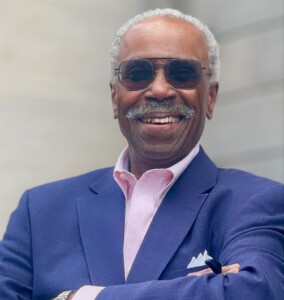
David Lee (MAUD ’71) is the president of Stull and Lee, Incorporated (S+L), an architecture, urban design, and planning firm. He is a graduate of the University of Illinois and Harvard Graduate School of Design. He has taught at the GSD, the Rhode Island School of Design, and the Massachusetts Institute of Technology. He is a Fellow of the American Institute of Architects and a past president of the Boston Society of Architects.
He has been awarded the BSA’s 2000 Award of Honor and the Norman B. Leventhal City Excellence Land Use Award. With his late business partner Donald Stull, Mr. Lee received the National Organization of Minority Architects Lifetime Achievement Award and the Harvard GSD Distinguished Alumni Award. S+L projects have won multiple awards, including the National Endowment for the Arts’ Presidential Design Award.
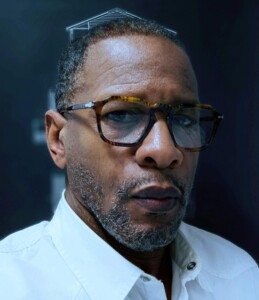
Shawn L. Rickenbacker is an architect, urbanist, and urban data researcher. He is currently the Director of the CCNY J. Max Bond Center for Urban Futures, where he directs the Center’s sponsored research and is an Associate Professor of Architecture at the CCNY Spitzer School of Architecture. His research and work confront the intersection of spatial equity and the socioeconomic impact of place-based policies, programs, and design. His projects have been supported by JP Morgan Chase, the Graham Foundation, Moxie Foundation and published by MIT Press, Actar, and University College London. Shawn holds a Master of Architecture with a Certificate in American Urbanism from the University of Virginia, where he was the Dupont Scholar, a LoC in Climate Change Leadership from Cornell University, and a BArch from Syracuse University.

Isabel Strauss (AB ’13, MArch ’21) is an architectural designer from Chicago. She holds an M.Arch I from the Harvard Graduate School of Design and an AB from Harvard College. For the past three years, she has worked in the curatorial department at the National Museum of African American History and Culture, assisting on projects related to Architecture & Design. Before NMAAHC she worked with Frances Loeb Library staff and members of the GSD’s African American Student Union to establish the African American Design Nexus. Strauss will be joining the faculty at Smith College this summer.
Moderator
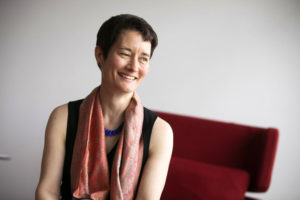
Sarah M. Whiting, Dean and Josep Lluís Sert Professor of Architecture, joined the GSD as Dean in July 2019. She is a design principal and co-founder of WW Architecture and served as the Dean of Rice University’s School of Architecture from 2010 to 2019. Whiting has taught at Princeton University, the University of Kentucky, the Illinois Institute of Technology, and the University of Florida. She frequently lectures throughout the US and abroad and regularly serves as a critic of architecture and urban design. Prior to founding WW, Whiting worked with the Office for Metropolitan Architecture in Rotterdam, The Netherlands; Peter Eisenman in New York; and Michael Graves in Princeton, New Jersey. She is an Associate member of the American Institute of Architects. Dean Whiting received her Bachelor of Arts from Yale, her Master of Architecture from Princeton University, and her Doctor of Philosophy in the History and Theory of Architecture from MIT.
Harvard University welcomes individuals with disabilities to participate in its programs and activities. If you would like to request accommodations or have questions about the physical access provided, please contact the Public Programs Office at (617) 496-2414 or [email protected] in advance of your participation or visit. Requests for American Sign Language interpreters and/or CART providers should be made at least two weeks in advance. Please note that the University will make every effort to secure services, but that services are subject to availability.
#GSDEVENTS
